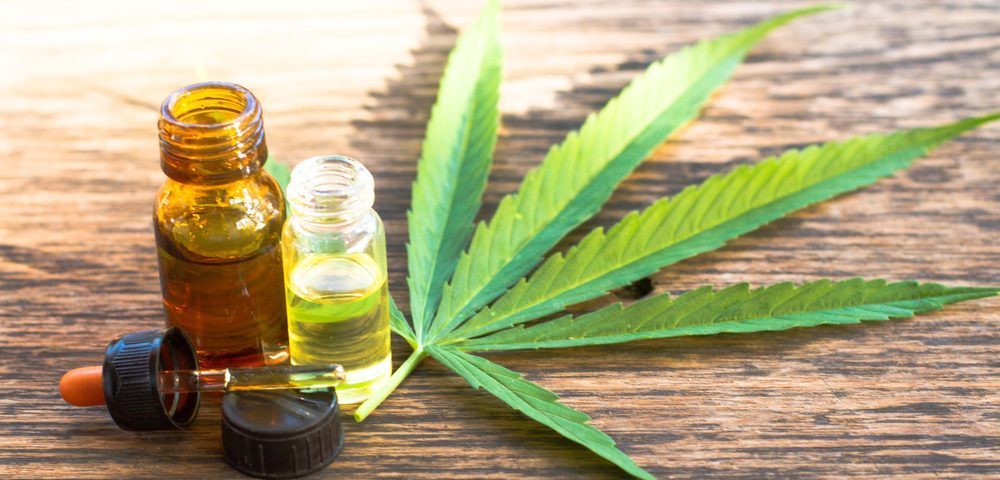Parkinson’s Patients Report Using Cannabis Largely for Symptom Relief in U.S. Survey

Nearly a quarter of patients with Parkinson’s disease polled in a U.S. national survey reported using cannabis mainly to try and ease their symptoms, despite a lack of evidence on both its effectiveness and safety.
Although still federally illegal, marijuana has been legalized for either recreational or medicinal use in 33 states in the U.S., 13 of which list Parkinson’s as a qualifying condition for medical purposes.
This wider availability means Parkinson’s patients have more of an opportunity now to experiment with it as a potential means of controlling their symptoms. However, little is known about these patients’ thoughts and experiences related to cannabis, or its perceived effect on the disease’s symptoms.
To address some of these questions and help guide medical recommendations and future clinical trials, the Parkinson’s Foundation launched an anonymous electronic survey on cannabis use among Parkinson’s patients in January.
Findings from the questionnaire were shared in the scientific poster, “Weeding Through the Haze: A Survey on Cannabis Use Among People with Parkinson’s Disease,” during the 2020 International Congress of Parkinson’s Disease and Movement Disorders.
The survey was completed by 1,064 Parkinson’s patients (mean age of 71.2 years; mean disease duration of 7.4 years) across 49 states. The online questionnaire consisted of 24 questions split up into seven sections, with the goal of understanding Parkinson’s patients’ knowledge, motivations, and routines related to cannabis use.
Results showed that 24.5% of survey respondents (262 patients) had used cannabis in the past six months. Cannabis users were about three years younger than non-users (69 vs. 72 years) and reported learning about cannabis use either from the internet or the news (30.5%) or from friends or other patients (26%).
Patients mostly used cannabis to address Parkinson’s and not other conditions. Specifically, they resorted to cannabis use to address non-motor symptoms of anxiety (46%), pain (44%), and sleep disorders (44%).
However, 23% of those who used cannabis reported they had stopped using it in the previous six months, mainly due to a lack of symptom relief.
Among non-users (803 patients), the primary reason cited for not using cannabis was a lack of scientific evidence supporting its effectiveness (60%). Non-users were more likely to report higher satisfaction with prescription medications treating their non-motor symptoms than cannabis users.
Overall, researchers believe that “the lack of formal guidance or research evidence about cannabis for Parkinson’s treatment may in part underlie inconsistencies in both use and reported effectiveness.”
“Understanding what the Parkinson’s community thinks of and how they use cannabis can help identify areas of potential symptom benefit, inform medical recommendations and aid in the design of future clinical trials exploring cannabis as a treatment for Parkinson’s,” they concluded.






